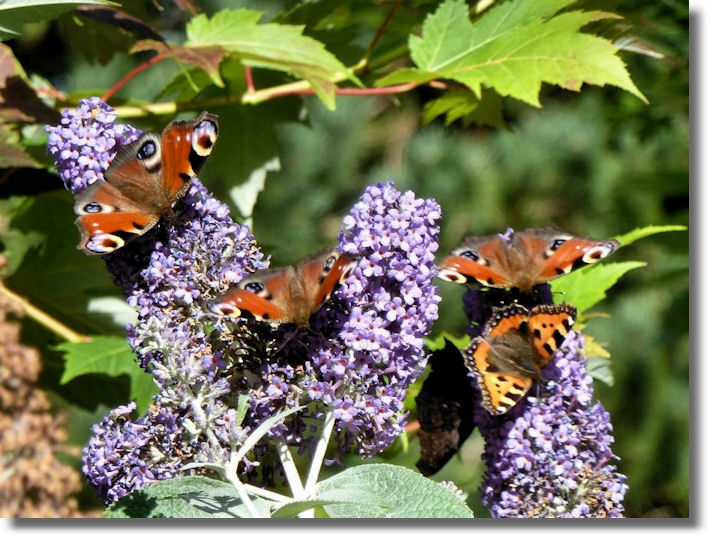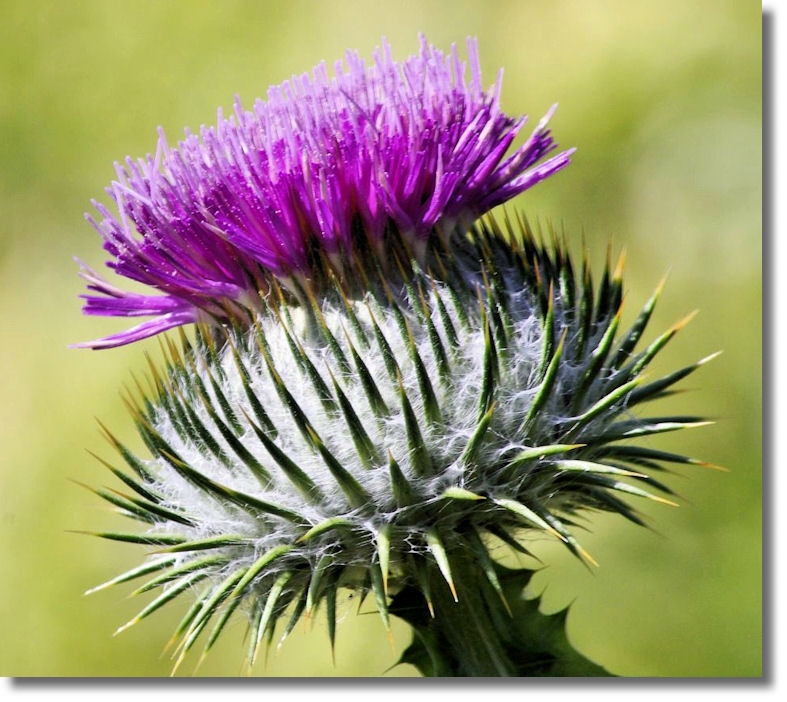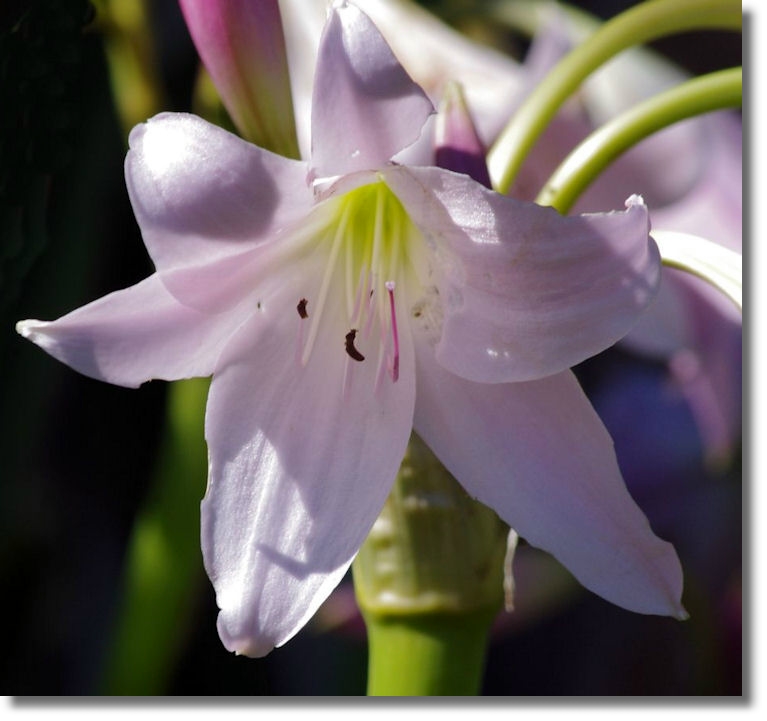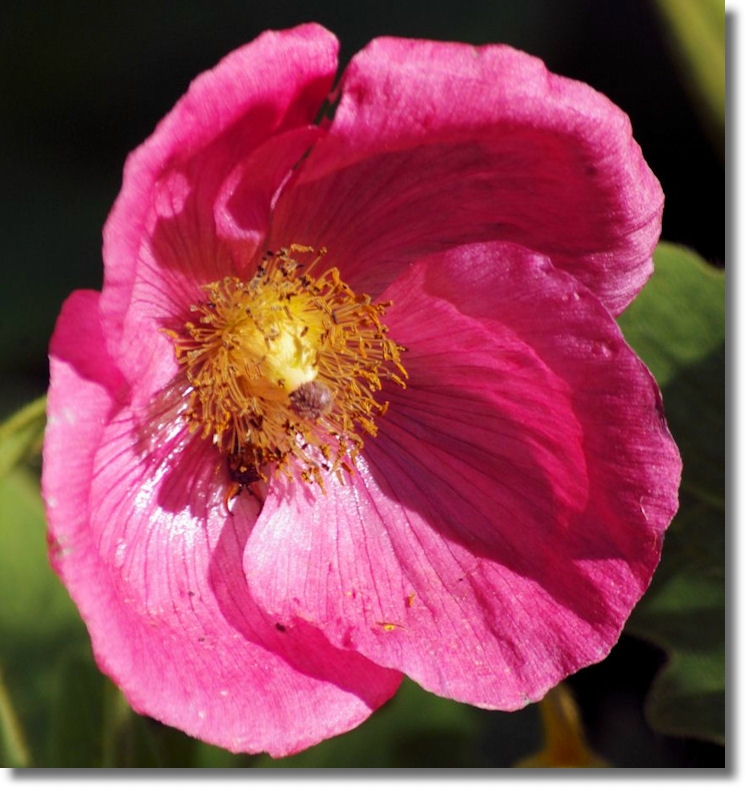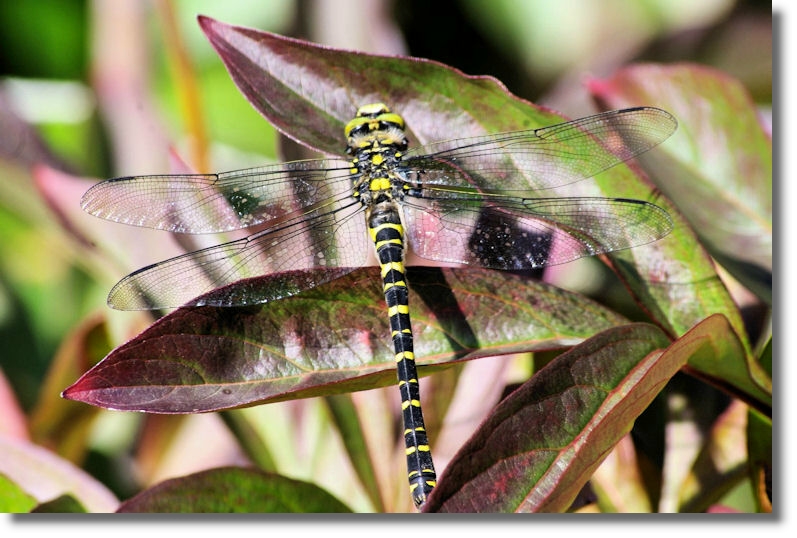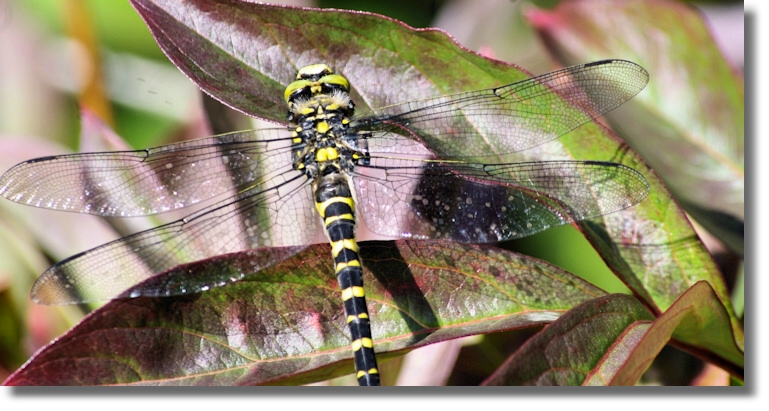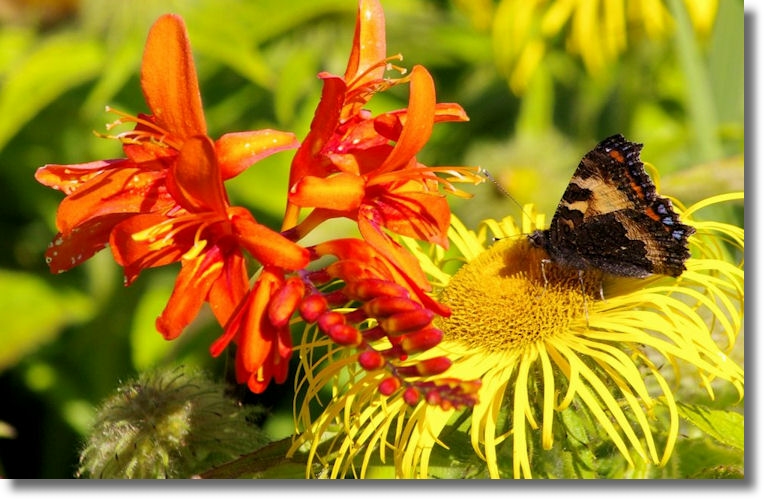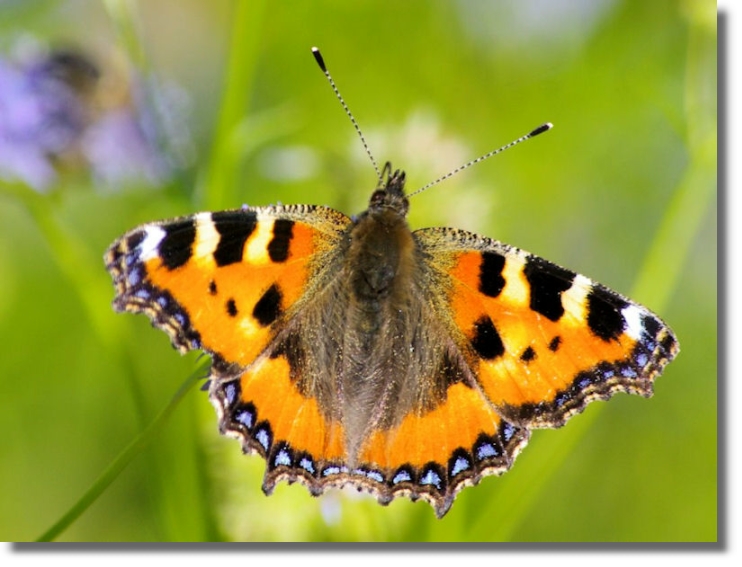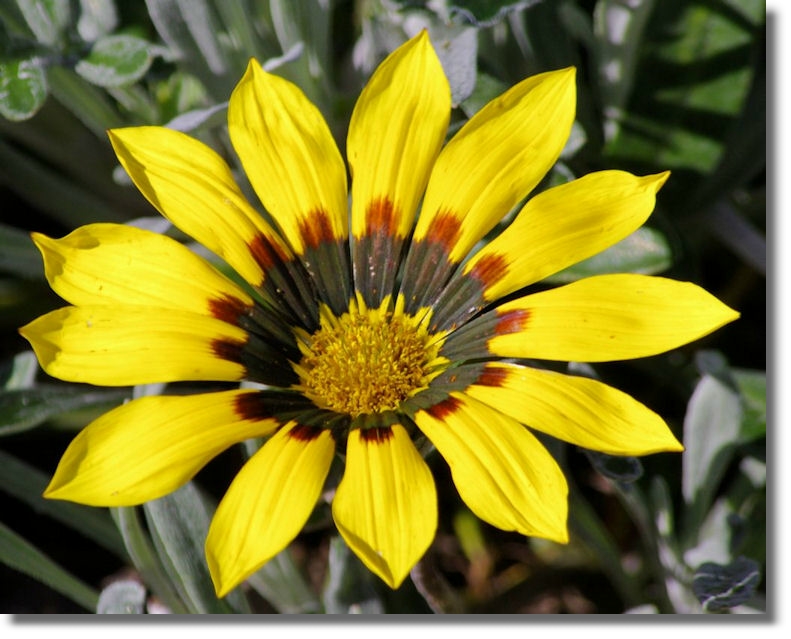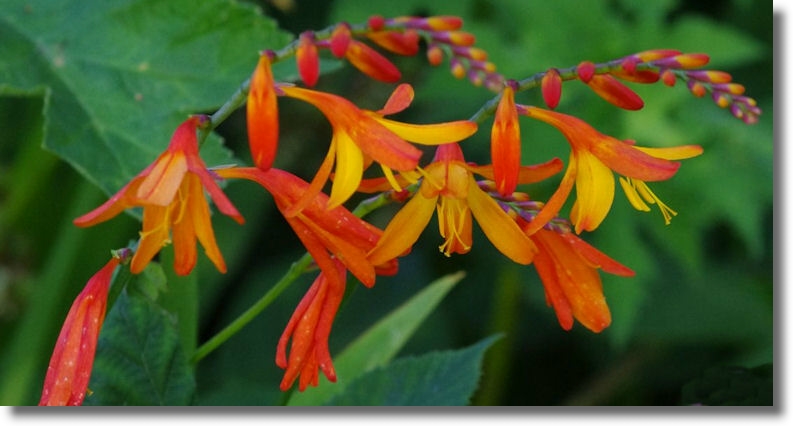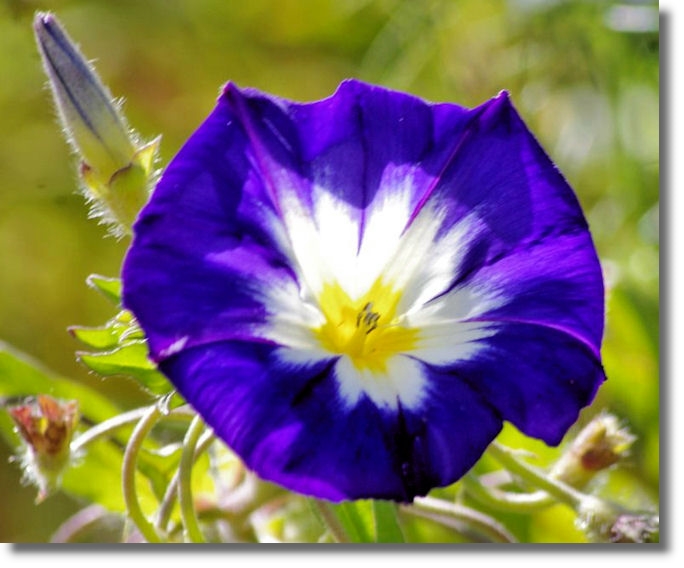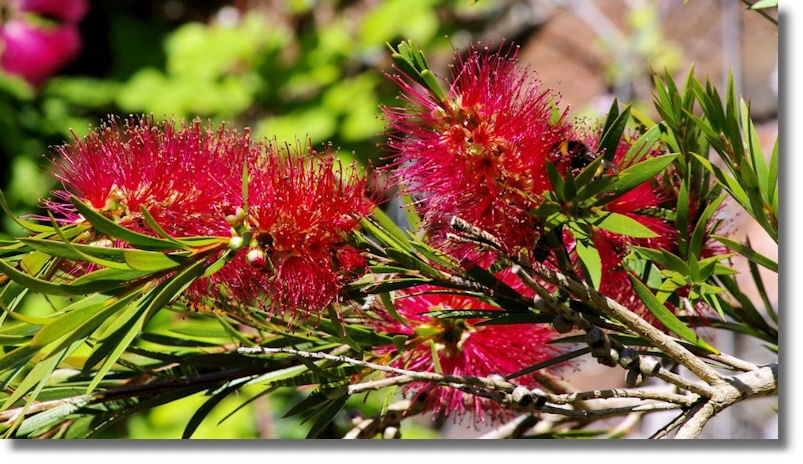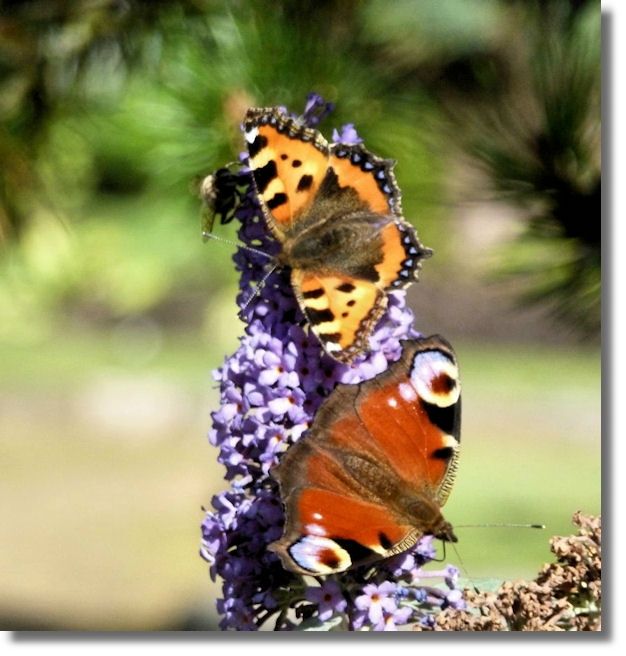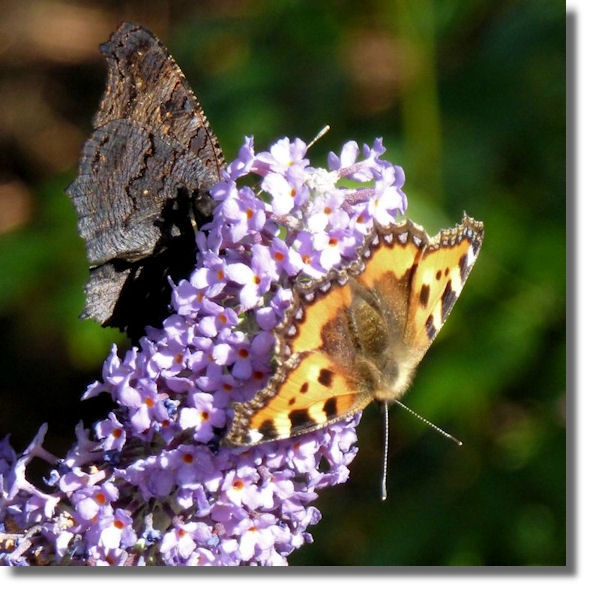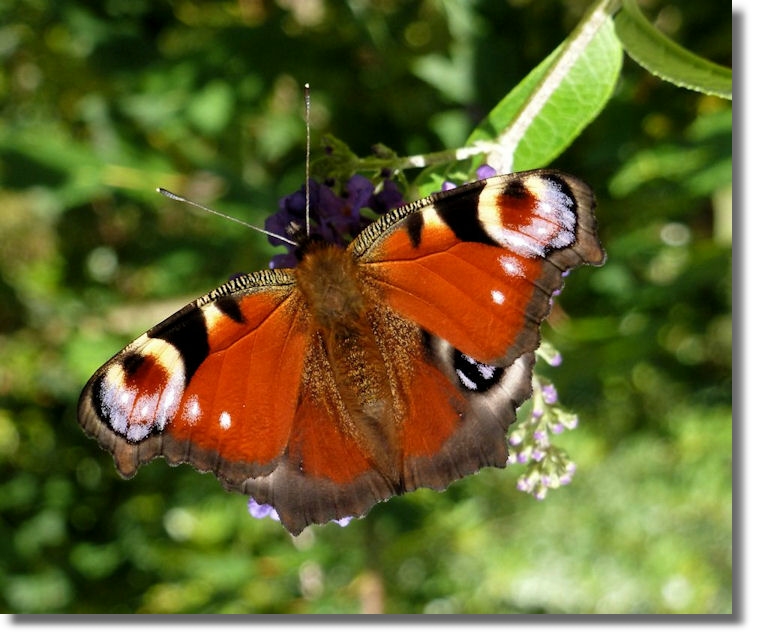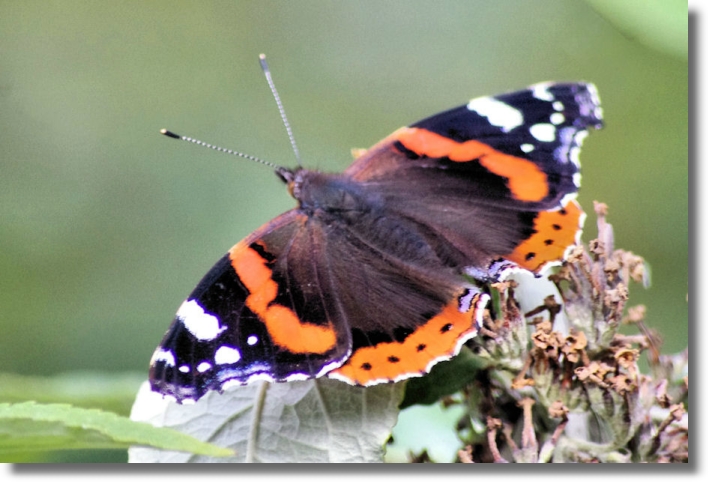Scottie's Monthly Photo Diary
- August 2012
Background
I never go anywhere in Scotland without my camera and I take photographs wherever I go. Sometimes I go somewhere specifically to take photographs with a view to adding another page to the Rampant Scotland site. On other occasions I just see something that makes an attractive picture or else it's another graphic to add to the library to perhaps use on a future occasion. This is a selection of the best photographs I took in August 2012 with a commentary on each one. It thus forms a pictorial diary of my travels during the month which can be shared by everyone! There's also a link to a slide show of the pictures on YouTube.
Culzean Castle Country Park
Onopurdum is an impressive thistle plant that grows to around eight feet or more and one of the borders in the walled garden at Culzean always has several of them on display each year. It is actually a biennial so the plant only has some spiky leaves in the first year before producing these large flowering heads in the second year. These produce seeds which can start the cycle going again the following year. The botanical name is derived from the Ancient Greek words onos (donkey), perdo (to consume), and acanthos (thorn), meaning 'thorny donkey food'. It is also known as "Cotton Thistle" due to the cotton-like hairs on the leaves. Other names include woolly thistle and Scots or Scottish thistle or heraldic thistle (due to its use in Scots heraldry).
This lily is a much more delicate-looking plant and is one of many lilies growing in the long flower border in the walled garden.
Commonly known as Hollyhock, this bedding plant can grow as tall as ten feet with flowers 2 to 4 inches across in white, pink, red or yellow, cream and many other colours (including a chocolate maroon shade). The flowers open all the way up the stem. Its botanical name is Alcea or Althea. It is one of the mallow family Malvaceae and is a native mainly to southwest and central Asia.
Golden-ringed Dragonflies are easily identified by their distinctive black and yellow stripes. Its length is up to 3 inches (8cm). The female is slightly longer than the male (this is a male) and is the longest British species of dragonfly. They are voracious predators, feeding on large insects such as damselflies, other dragonflies, wasps, beetles and bumblebees. In the UK, it is also found in Scotland, Wales and the south-west of England.
Very often I find that dragonflies are flitting around so fast that it is very difficult to photograph them. But this one seemed to be content to rest for a while in one place and so I was able to take quite a number of pictures in different locations.
Having taken some shots from a distance with a telephoto lens, I got more confident and slowly moved the camera closer so I could take some pictures with an ordinary lens. I had to be careful not to cast a shadow from the camera onto the dragonfly as that would have alerted it and it would have flown away immediately.
The UK Meteorological Office has reported that overall in the UK this summer (June, July and August) has been the wettest since 1912. As a result of all that rain (and lack of sunshine too) butterflies have been hard to find so it was a pleasant surprise to find small tortoiseshell such as this one in some numbers at Culzean on this visit. Of course, the sun was shining that day and that would encourage them to come out. This butterfly was feeding on an Inula flower, with Crocosmia adding a splash of bright colour too.
This Small Tortoiseshell butterfly looks as though it is in mid air but it's actually resting on a small flower which is out of sight underneath it.
The sun-loving Gazanias were encouraged by the weather to open up and provide a colourful display too!
Crocosmia (known in the United States as copper tips or falling stars, and in the United Kingdom by the common name of montbretia) produces these orange , red or yellow flower sprays from its sword-like foliage in late summer or early autumn. These days, crocosmia are grown in all parts of the world but they do prefer a rich, moist but well-drained soil in sun or light shade. Some of the varieties can become invasive and spread in an uncontrolled fashion.
This brightly coloured flower is one of the convolvulus family - common names include bindweed and morning glory. The trumpet-shaped flowers are mostly white or pink, but blue, violet, purple or yellow can be found also. Some of this species (common bindweed, for example) can be rampant weeds. The plants are native to Europe and North Africa.
Callistemon are commonly referred to as bottlebrushes because of their cylindrical, brush like flowers resembling a traditional bottle brush. They are found in the more temperate regions of Australia, mostly along the east coast and south-west, and they typically favour moist conditions when planted in gardens (Scotland can supply plenty moisture most of the time!) The flowers have hardly any petals the main feature is a mass of stamens, with the pollen at the tip of the filament.
Drumpellier Country Park
As noted earlier, 2012 has been a very poor year for butterflies in Scotland - these insects thrive in warm sunshine and that is something that has been in extremely short supply. So I was very surprised on a visit to Drumpellier Country Park on a sunny August day, to see a good number of butterflies flitting around some buddleja bushes in the Peace Garden there. We counted over a dozen Peacocks and a few Small Tortoiseshell and a Red Admiral there on that sunny afternoon. Of course, I took lots of photos, particularly ones that showed the flowers crowded with butterflies, such as the one above. There are three Peacocks and a Small Tortoiseshell in this shot.
In recent years the gardeners at Drumpellier have planted a number of butterfly friendly plants in the park, both near the visitor centre and in the Peace Garden. Their efforts have been rewarded with an increasing number of butterflies. Although delighted with the number of Peacocks etc in August, we were disappointed not to see again the much rarer (in Scotland) Comma butterfly this year - so far! The Peacock and Small Tortoiseshell sometimes dispute being on a particular flower but in this picture they are just busily getting on with feeding. After all, they will need to fatten up so that they can hibernate over the winter and emerge in the spring and lay the eggs for the next generation of their species.
The dark underside of the Peacock helps to camouflage the butterfly during winter hibernation, possibly in a corner of a deserted building, shed or in a crack in a wall. The Small Tortoiseshell follows the same strategy and also has dark colours on the under side of its wings.
The Peacock's spectacular pattern of eyespots, evolved to startle or confuse predators, make it one of the most easily recognized and best known species. It is from these wing markings, similar to those of the peacock bird, that the butterfly gained its common name. The Peacock can be found in woods, fields, meadows, pastures, parks, and gardens, and from lowlands up to 8,200 feet (2,500 m). It is a relatively common butterfly seen in many European parks and gardens. Its eggs are laid in early spring on the tips of vigorous nettle growth in full sun, in batches of up to 500 at a time. The caterpillars, which are shiny black with six rows of barbed spikes and a series of white dots on each segment, hatch after about a week and feed on nettles and hops. Spinning a silken tent at the tip of the nettle the newly emerged caterpillars feed en-mass. As they get larger they venture from the tent to feed. As they grow, they move to find new fresh nettle growth nearby, again en-mass until the final phase when they often feed out in the open. These striking vivid black spiky caterpillars are easily found, often in large numbers feeding on nettles in full sun. The caterpillars leave the nettle bed to pupate under nearby vegetation or trees. Unlike the Comma butterflies which tend to feed on their own, the Peacock butterflies are happy to feed in groups on the same bushes.
The Red Admiral butterfly is resident only in warmer areas, but migrates north in spring, and sometimes again in autumn. Its name is derived from the 18th century when it was known as "admirable". It is a large (wingspan 6cm /2.4 inches), strong-flying butterfly, common in gardens and found throughout Britain and Ireland. This large black butterfly, with a flash of vivid orange-red across its forewings and around the edge of its rear wings and a splatter of white spots towards its wing-tips, is a common sight in Scottish gardens during mid to late summer. They are often found feeding on garden Buddlejas, Michaelmas Daisy or flowering Ivy and rotting fruit in gardens and orchards during late summer/early autumn. Sightings of the Red Admiral can continue well into November on sunny days and some are thought to overwinter and are sometimes to be seen (mainly in the south of England, rather than Scotland) during December, January and February when almost all other species of butterfly are unlikely to be seen.
If you want to read the other Diary entries going back to 2009, there is an Index page.
